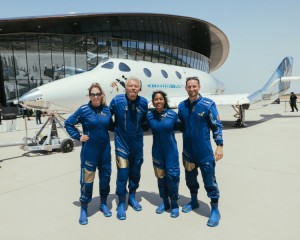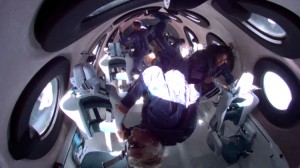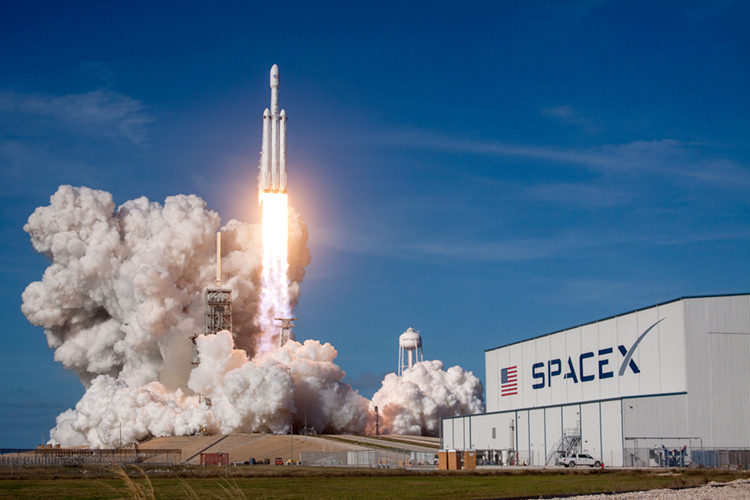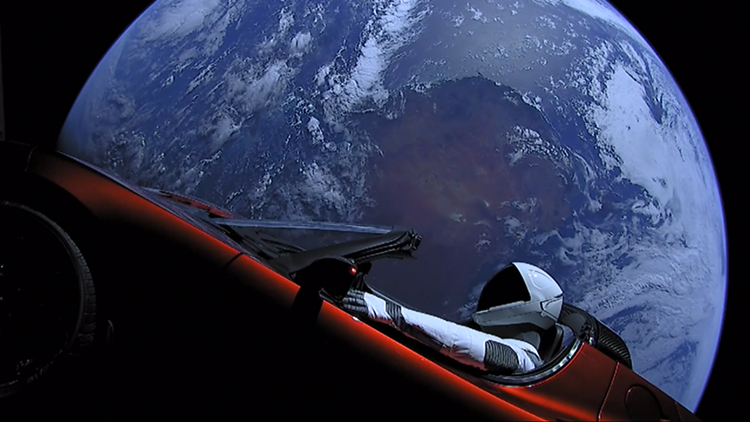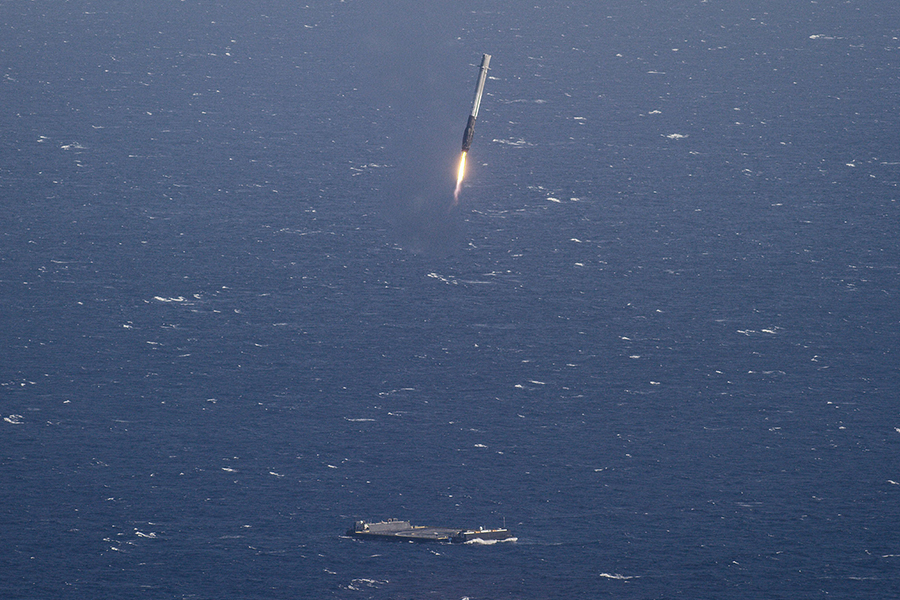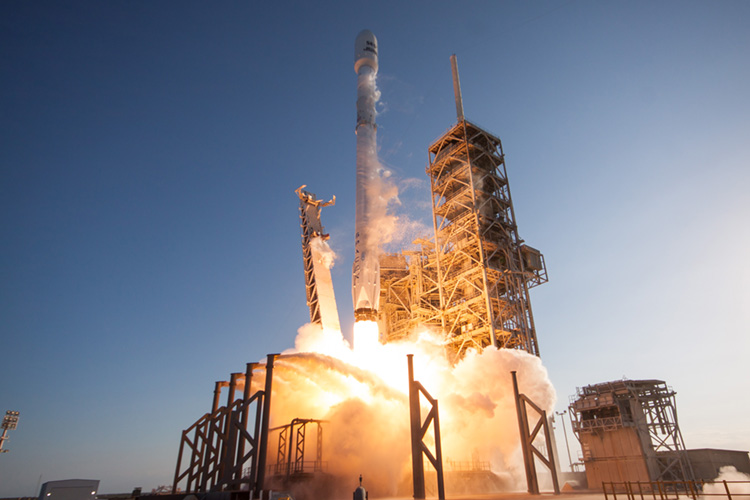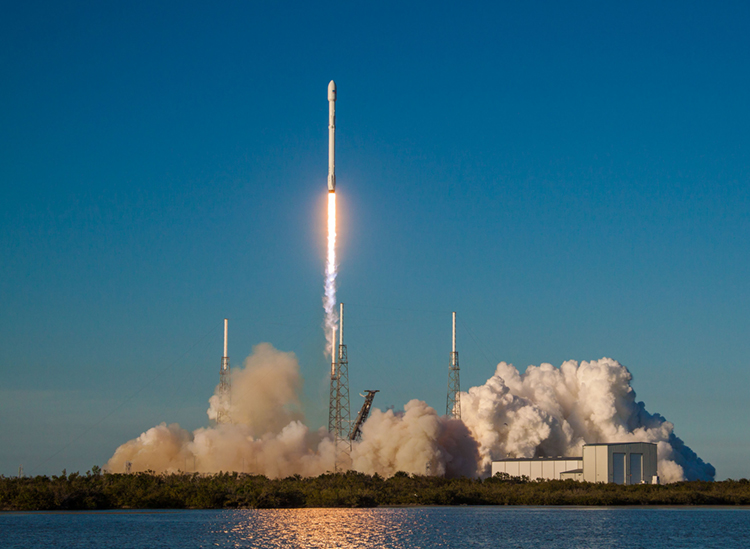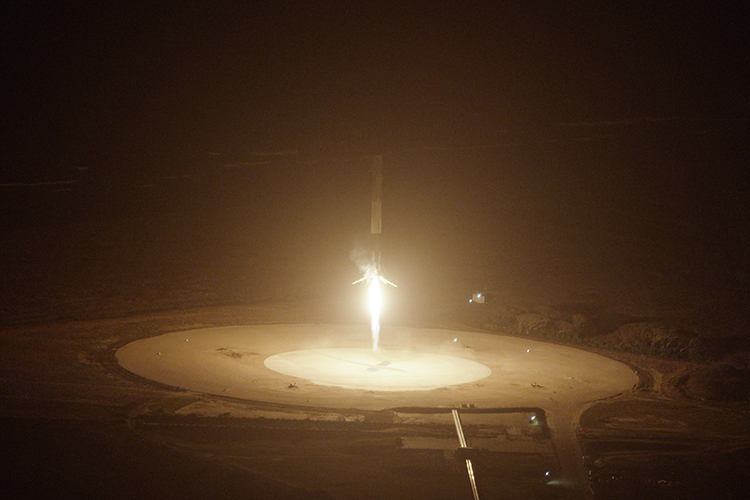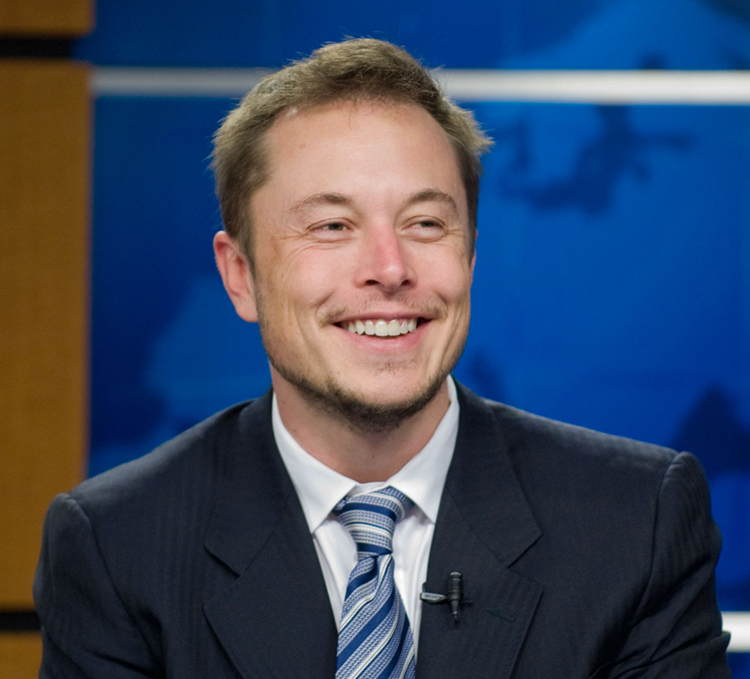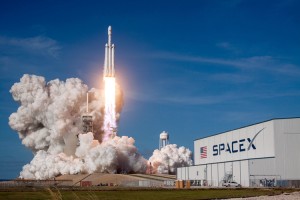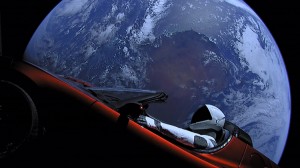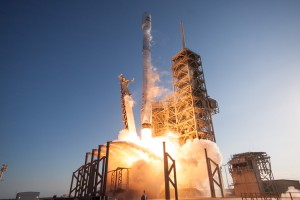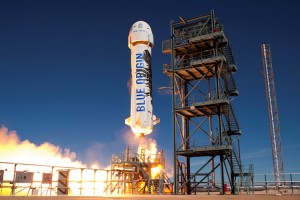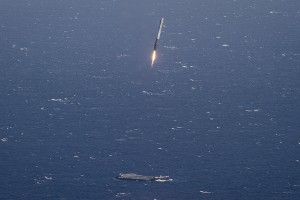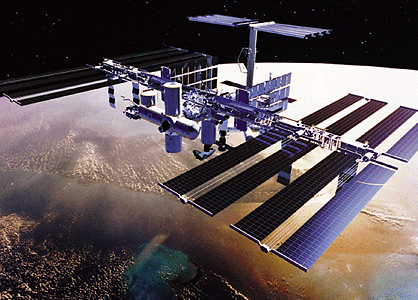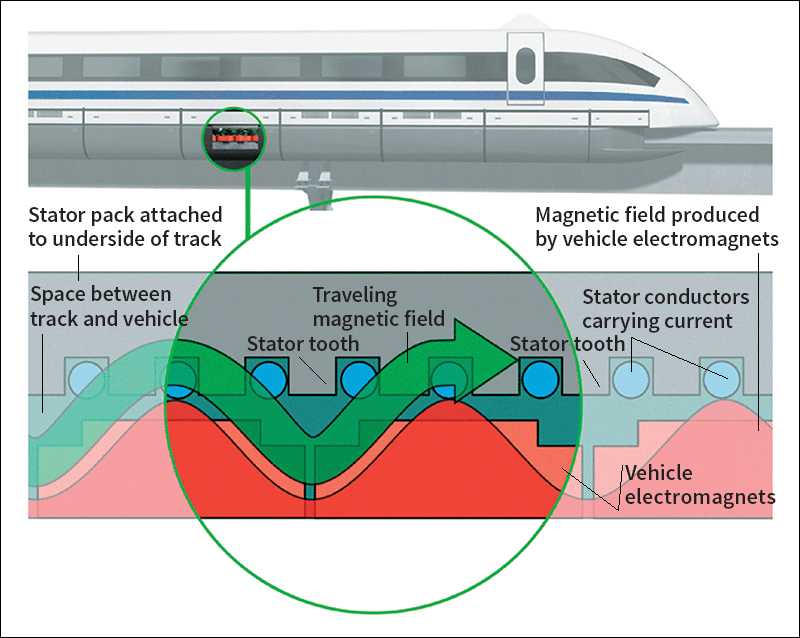Half-success, Half-failure, All Fireball
Thursday, April 20th, 2023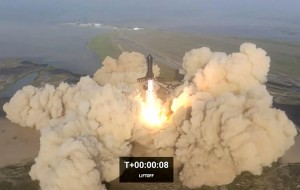
SpaceX launches Starship, the most powerful rocket ever made, on April 20, 2023. The rocket exploded above the Gulf of Mexico minutes after launching.
Credit: SpaceX
The most ambitious private rocket program ever got off to a tentative, but explosive, start today. In its first test launch, the giant rocket Starship lifted off, but exploded during flight.
Starship is a heavy-lift rocket developed and operated by the American spacecraft company SpaceX. It consists of the first-stage booster, called Super Heavy, and the spacecraft itself, which is also called Starship. It is more powerful than the Saturn V, the rocket that took astronauts to the moon throughout the Apollo program.
Super Heavy ignited and cleared the launch pad at Boca Chica, Texas. This was the company’s primary objective, as an explosion on or near the ground could have damaged the launch pad infrastructure. The second stage was then supposed to separate and fly in a suborbital trajectory most of the way around Earth, splashing down near Hawaii. But the second stage failed to separate; and the rocket began spinning. It exploded in a fireball about four minutes after liftoff.
SpaceX already has one extremely successful rocket. The Falcon 9 debuted in 2010 and, thanks to the reuse of its first stage, has become one of the most reliable and cost-efficient rockets of all time. It has flown over 200 successful missions.
SpaceX plans to expand on the reusability gains made with the Falcon 9. Super Heavy will return to the launch pad, where giant arms will grab it as it slowly descends. The second-stage starship will be able to coast back into the atmosphere in a way similar to the space shuttle, before using its engines to land vertically. Both stages can then be reused.
SpaceX and its founder, South-African born entrepreneur (business developer) Elon Musk, have big plans for Starship. Musk is most interested in using Starship to send crewed missions to Mars. He hopes to use the craft’s massive payload to send enough crew and material to the planet to create a self-sustaining colony.
But there are more prosaic uses for the big rocket. SpaceX predicts it will be even cheaper to launch than the Falcon 9, further driving down the cost of access to space. The craft will be able to carry the larger next-generation satellites for Starlink, the company’s satellite internet service. SpaceX is working for contracts to return U.S. astronauts to the moon for the National Aeronautics and Space Administration (NASA) using Starship.
Space tourism is also on Starship’s flight manifest. Japanese billionaire Yusaku Maezawa has financed the first crewed mission on Starship, tentatively scheduled to launch later this year. He will fly around the moon with a crew of seven artists, filmmakers, and other creatives.
More tests are needed before the rocket can take anyone anywhere, however. SpaceX engineers will analyze the data from the launch and see what went wrong. Musk stated that the company will conduct another Starship test launch in a few months. They’re hoping the next one will fly straighter and further.

